Which plan looks better?
forensicmom
12 years ago
Related Stories

LANDSCAPE DESIGNGarden Overhaul: Which Plants Should Stay, Which Should Go?
Learning how to inventory your plants is the first step in dealing with an overgrown landscape
Full Story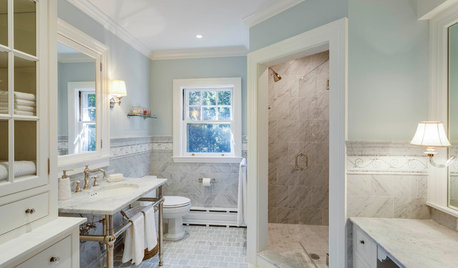
BATHROOM DESIGNWhich Bathroom Vanity Will Work for You?
Vanities can be smart centerpieces and offer tons of storage. See which design would best suit your bathroom
Full Story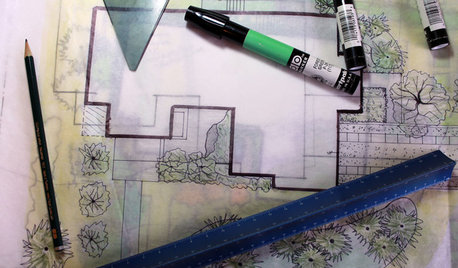
WORKING WITH PROSUnderstand Your Site Plan for a Better Landscape Design
The site plan is critical for the design of a landscape, but most homeowners find it puzzling. This overview can help
Full Story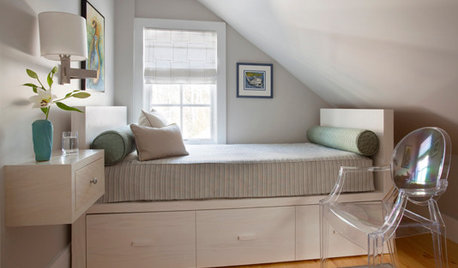
BEDROOMS7 Ways to Make a Small Bedroom Look Bigger and Work Better
Max out on comfort and function in a mini space with built-ins, wall mounts and decorating tricks that fool the eye
Full Story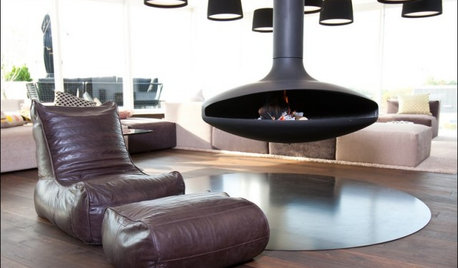
FURNITURE6 Decades-Old Designs That Look Better Than Ever
After getting a few nips and tucks, some favorites from the ’60s and ’70s have made a stylish comeback
Full Story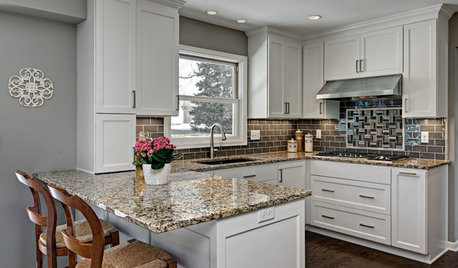
BEFORE AND AFTERSSmall Kitchen Gets a Fresher Look and Better Function
A Minnesota family’s kitchen goes from dark and cramped to bright and warm, with good flow and lots of storage
Full Story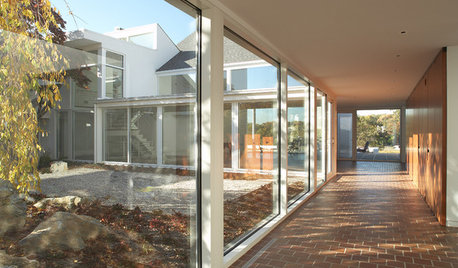
GREAT HOME PROJECTSUpdate Your Windows for Good Looks, Efficiency and a Better View
Great home project: Replace your windows for enhanced style and function. Learn the types, materials and relative costs here
Full Story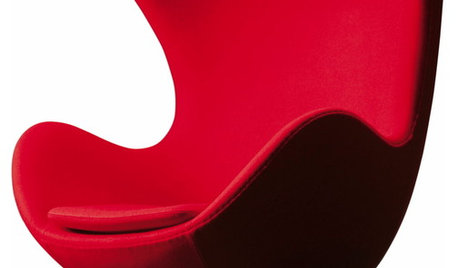
FUN HOUZZHouzz Quiz: Which Midcentury Modern Chair Are You?
Have a seat for a little fun. Better yet, have a seat that has you written all over it
Full Story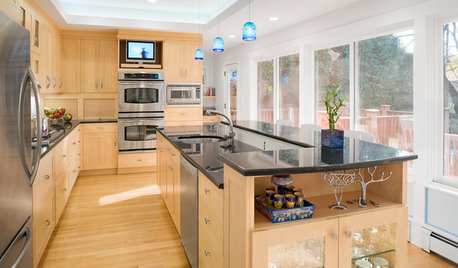
UNIVERSAL DESIGNHow to Light a Kitchen for Older Eyes and Better Beauty
Include the right kinds of light in your kitchen's universal design plan to make it more workable and visually pleasing for all
Full Story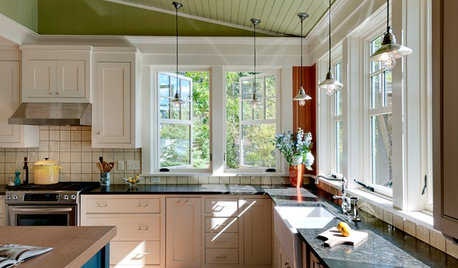
REMODELING GUIDESWhich Window for Your World?
The view and fresh air from your windows make a huge impact on the experience of being in your house
Full Story







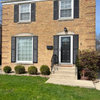
missingtheobvious
adriennemb2
Related Professionals
Forest Park Landscape Architects & Landscape Designers · Broadlands Landscape Contractors · Centereach Landscape Contractors · Clearlake Landscape Contractors · Florham Park Landscape Contractors · Fort Myers Landscape Contractors · Lehigh Acres Landscape Contractors · South Farmingdale Landscape Contractors · Waldorf Landscape Contractors · Washington Landscape Contractors · York Landscape Contractors · Ashburn Decks, Patios & Outdoor Enclosures · Billerica Decks, Patios & Outdoor Enclosures · Honolulu Decks, Patios & Outdoor Enclosures · Palmetto Decks, Patios & Outdoor Enclosureskarinl
tanowicki
forensicmomOriginal Author
Yardviser
karinl
missingtheobvious
inkognito
rosiew
adriennemb2
forensicmomOriginal Author
mad_gallica (z5 Eastern NY)
forensicmomOriginal Author
forensicmomOriginal Author
inkognito